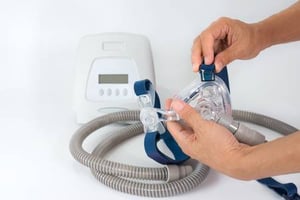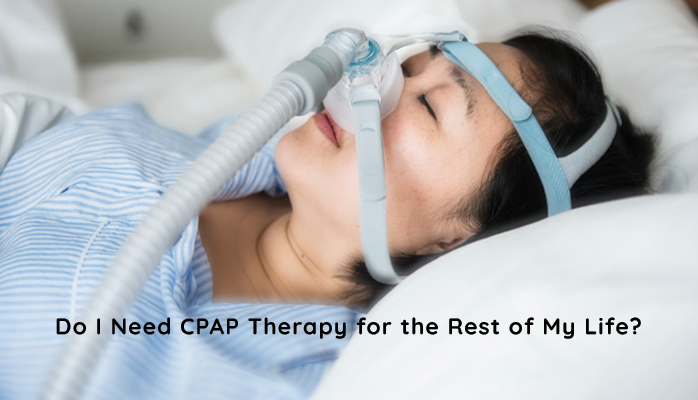What is Obstructive Sleep Apnea (OSA)?
Obstructive sleep apnea is a medical condition and sleeping disorder where you repeatedly stop breathing throughout the night, anywhere from 5 to 30+ times per hour. Each time you stop breathing you rouse yourself to begin breathing again, though in the morning you will not remember rousing.
Your throat becomes blocked because your breathing muscles in the back of your throat relax, causing the back of your throat to collapse fully or partially, blocking your airways. Each blockage/arousal cycle is called an apnea or apnea event.Obstructive Sleep Apnea Risks
Obstructive Sleep Apnea is a serious medical condition with ride ranging emotional, physical, and cognitive side effects and risks. OSA can increase the risk of:
- Shorter life expectancy
- Lower quality of life
- Lower performance in many areas of life
- High blood pressure
- Diabetes
- Stroke
- Heart disease
Fortunately, OSA treatment options can significantly or completely reduce these risks.
Obstructive Sleep Apnea Symptoms
Symptoms of OSA are remarkably similar across those who deal with OSA. The primary, most noticeable symptom is chronic, loud, and often “socially-unacceptable” snoring. This snoring will be accompanied by frequent periods where the snorer stops breathing, one of the more obvious symptoms. Having a bed partner is usually important for noticing the chronic snoring.
Besides snoring, other common symptoms are:
- Chronic irritability
- Severe daytime sleepiness
- Restless sleep
- Morning headaches
- Daytime fogginess
Sleep apnea can be considered mild, moderate, or severe.
How is OSA Treated?
CPAP therapy is the primary treatment for OSA and is used by most people, though in rare cases surgery will be recommended by doctors. CPAP therapy is simply the use of a CPAP device/machine, which stands for Continuous Positive Airway Pressure.
A CPAP machine is a small, rectangular box with a motorized fan inside and an adjacent humidifier - technically, a humidification chamber is optional, but most people use because lack of humidification while using CPAP devices can lead to irritation in the nasal passage and throat.

Connected to the CPAP device is a flexible tube that leads to a breathing mask. The hose is a lightweight and kept warm in order to reduce condensation. Among other things, too much condensation can lead to sanitation problems like mold growth.
Finally, the primary component in CPAP machines is a small fan inside. The small fan inside delivers gentle, positive pressure through a connected hose to the breathing mask. The result, no more lapses of breathing at night because the positive air pressure keeps your airway open. The pressure can be a little strange at first, but it’s rare that people report any long terms problems associated with it.
Will You Need CPAP Therapy for the Rest of Your Life?
The causes and factor influencing each person’s OSA are different, and therefore life-long treatment options will be different. This is because mild sleep apnea may be caused by (and therefore naturally preventable) from:
- Being overweight
- Excessive drinking, tobacco use, or poor eating habits
- Sleeping on your back
- Using certain medications
- Not exercising enough
These lifestyle changes may significantly reduce or even completely resolve your OSA.
CPAP therapy may be prescribed only after these potential causes are addressed [resmed], such as via:
- Lifestyle changes (eating, drinking, tobacco use, and exercise habits)
- Losing weight
- Changing sleep position
- Medication changes
- Surgery (rare), such as in cases where OSA is caused for anatomical reasons
If these do not resolve OSA, then CPAP therapy will almost certainly be used. In this case, you will likely wear your CPAP machine at night for the rest of your life.
If you live in Alaska, and are concerned that you or a loved one has obstructive sleep apnea or has already been diagnosed, please consult with our sleep specialists by clicking the orange button below and taking our free online test.


